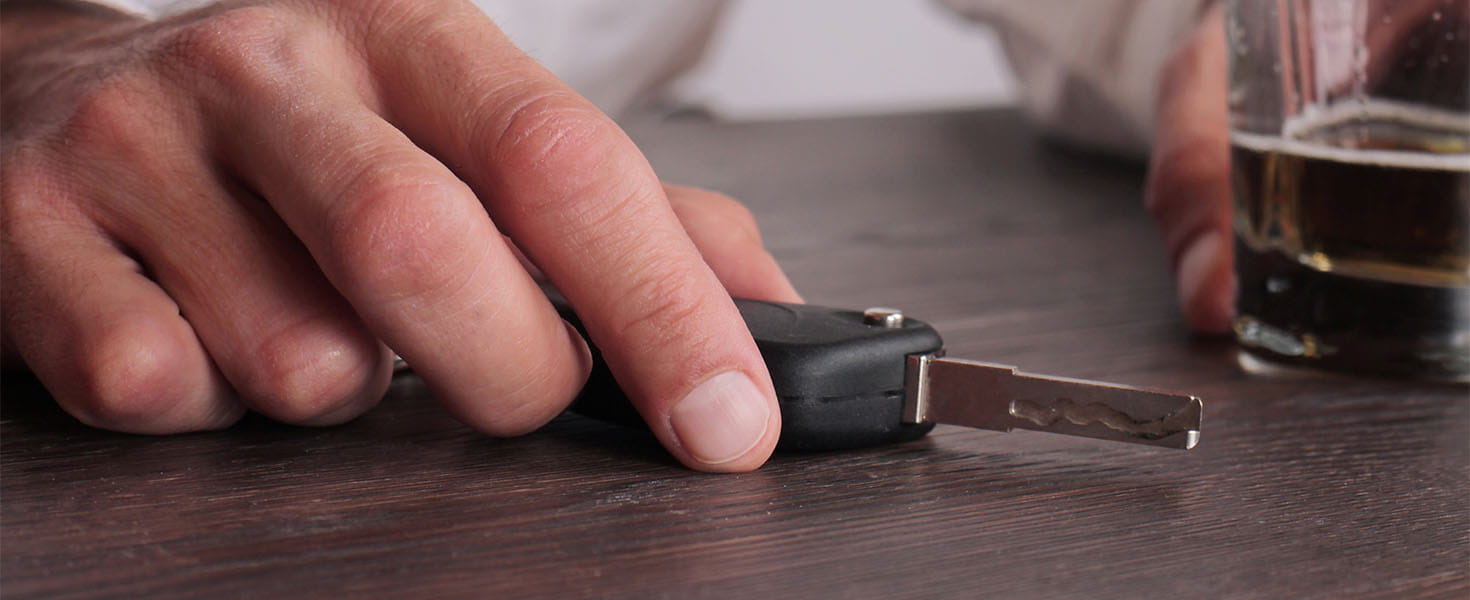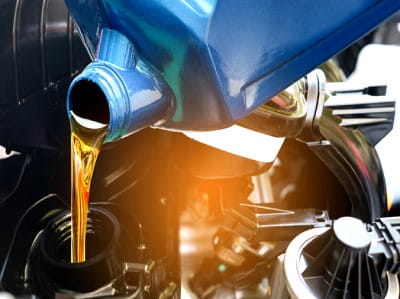
ALCOHOL AWARENESS
ON THE ROADS
About 2/3 of American adults drink alcoholic beverages at least occasionally. Is that a problem? Not unless you combine drinking alcohol with getting behind the wheel of an automobile.
Obvious effects include slowed reaction time, diminished coordination, slurred speech and overconfident behavior, a deadly recipe when considering the task of driving. You've probably heard that .08% to .10% blood alcohol concentration - BAC - or more is legal evidence of driving while intoxicated. However, you might not know that you can be convicted of alcohol-impaired driving at a lower BAC if there are other indications that your driving is impaired. This is true in all U.S. states.
To learn more or schedule a presentation, contact the Traffic Safety Lead in your state.
Traffic Safety Programs & Materials
Why?
- Alcohol is a factor in about 32 percent of the more than 30,000 deaths that occur each year in vehicle crashes.
- In 2009, there were 10,839 fatalities in crashes involving a driver with a BAC of .08 or higher.
- In 2009, 14 percent of child (age 14 and younger) traffic fatalities occurred in alcohol-impaired-driving crashes.
- The highest percentage of drivers in fatal crashes who had BAC levels of .08 or higher was for drivers 21 to 24 (35%) followed by ages 25 to 34 (32%) and 35 to 44 (26%).
- The rate of alcohol impairment among drivers involved in fatal crashes in 2009 was four times higher at night than during the day.
- In 2009, the 21 to 24-year-old age group had the highest percentage of drivers in fatal crashes with BAC levels of .08 or higher-35 percent.
- An average of one alcohol-impaired-driving fatality occurred every 48 minutes in 2009.
- In 2009, 5,851 passenger vehicle drivers killed had a BAC of .08 or higher. Out of those driver fatalities for which restraints, 72% percent were unrestrained.
Misuse of Alcohol
- In numerous studies, at least half of all drivers admit to driving occasionally after drinking alcoholic beverages.
- Possession of alcohol is illegal in all 50 states for anyone under age 21.
- About 3 out of every 10 Americans will be involved in an alcohol-related collision at some time in their lives.
- In 2009, alcohol-related crashes killed 10,839 people. This figure represents 32 percent of total traffic fatalities for the year.
How to Detect an Impaired Driver
- Driving too slow or too fast for conditions.
- Crossing the center line repeatedly.
- Signaling inconsistent with driving.
- Swerving, weaving or drifting between lanes and the sides of the road.
- Accelerating and braking rapidly.
- Driving with the headlights off at night, or failing to dim high beams.
- Making wider turns than necessary.
- Responding slowly to traffic signals (sudden stops, delayed starts).
- Driving into opposing traffic.
- Driving too closely to other vehicles or objects.
- Stopping without cause.
- Turning abruptly or illegally.
Alcohol and Crashes: Compared to sober drivers, for a 150-pound male over 21 years old, the odds of being involved in a crash of any kind are:
- 1-2 drinks: Chances nearly double.
- 3-4 drinks: Chances increase 3-7 times.
- 5-6 drinks: Chances increase 13-20 times.
- 7-8 drinks: Chances increase 55-85 times.
Be A Responsible Host
- Collect your guests' keys at the door when they first arrive as a precaution.
- Plan ahead for the timing of alcohol consumption. Serve foods throughout your gathering that help absorb alcohol from the bloodstream. Put the alcohol away at some point to give your guests time to allow the alcohol to work its way out of the bloodstream.
- Remember that coffee and cold showers will not work to remove the effects of alcohol on the body. Time is the only answer. A person can get rid of 1 drink per hour.
- Appoint designated drivers to drive your guests home who are not in shape to drive.
- Offer non-alcoholic beverages to your guests as an alternative.
- Never offer drinks to anyone under 21 years of age at your gathering.







